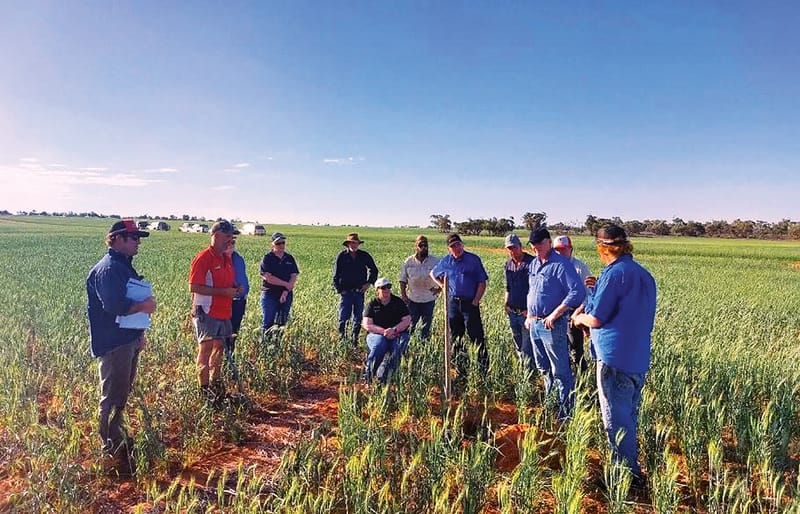Farming exports expected to reach record $70.3bn
AGRICULTURAL production and exports are continuing to benefit from exceptional growing conditions and high global prices, with earnings to reach a record $70.3bn for 2022-23. The Australian Bureau of Agricultural and Resource Economics and Sciences...

AGRICULTURAL production and exports are continuing to benefit from exceptional growing conditions and high global prices, with earnings to reach a record $70.3bn for 2022-23.
The Australian Bureau of Agricultural and Resource Economics and Sciences (ABARES) September quarter Agricultural Commodities Report forecasted agricultural export earnings to climb almost 50 per cent more than what it was 10 years ago, after accounting for inflation.
ABARES executive director Dr Jared Greenville said the industry’s overall forecasted gross value of $81.8 billion shows it is performing strongly, with cropping leading the way.
“Winter crop prospects in Australia were looking very promising at the beginning of spring – we forecasted a 55.5 million tonne harvest,” Dr Greenville said.
“Meat production is also rebounding, with the national herd and flock returning to pre-drought levels.
“Favourable seasonal conditions are expected to persist, but global inflation and rising costs of farm inputs could cloud outlook for demand and farm incomes.
“It’s the first time our exports are expected to exceed $70 billion, showing the ability of our farmers to navigate considerable global economic uncertainty and to make a strong contribution to global food supplies.”
The latest ABARES forecast factored in tapering global growth, including the once in 30-year weather event of a third straight La Niña.
“Widespread inflation and a sluggish Chinese economy are the main watchpoints,” he said.
“Global food and fertiliser prices remain very high despite falling from peaks earlier in 2022.
“The World Bank expects high global food prices through to the end of 2024 which will have adverse implications for global food security.
“We’re seeing Australian agriculture leaning into this uncertainty, with continued global demand for our food and fibre, another bumper winter crop and the forecast of continued favourable growing conditions.”
The report comes as the vegetable growing industry sees significant growth by taking advantage of consumer income and taste changes.
Dr Greenville said the ‘Growing the Australian vegetable industry by diversifying products and improving quality’ report shows that vegetable industry growth has significantly outpaced the overall agricultural sector over the past five decades.
Over the period from 1969-70 to 2020-21, the nominal value of vegetable production increased by $4.7bn.
“The vegetable sector has seen growth through a shift toward higher value products and improvements in the quality and convenience of what is provided,” Dr Greenville said.
“Improvements in product mix and quality contributed nearly 60 per cent of that growth while general vegetable price inflation contributed 35 per cent and increased volumes 5 per cent.
“We are not eating greater quantities of vegetables, rather we are eating a wider range of higher quality vegetables.
“An important experience of the vegetable sector has been the on-farm value created by effectively responding to changes in consumer preferences and the role that close relationships along supply chains have played.”





